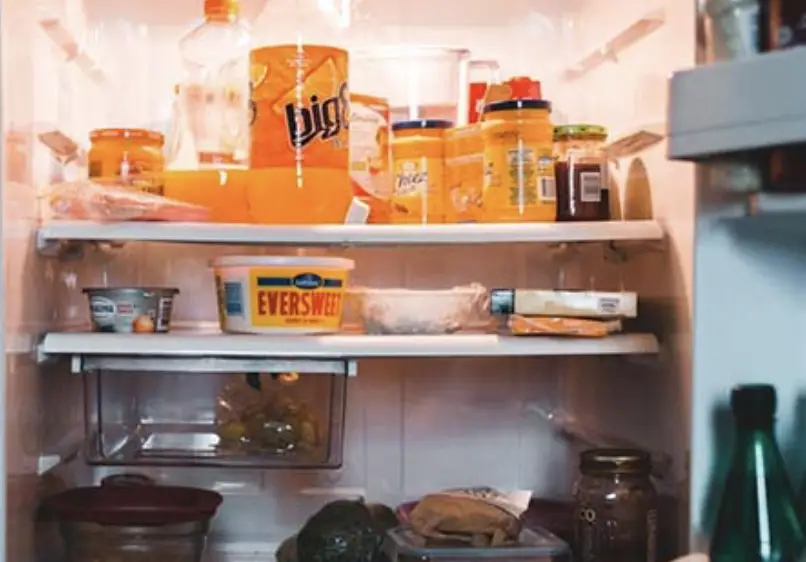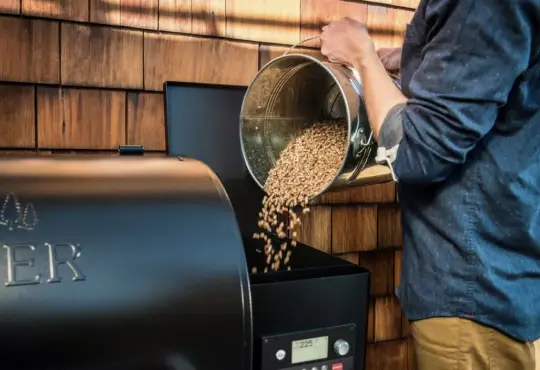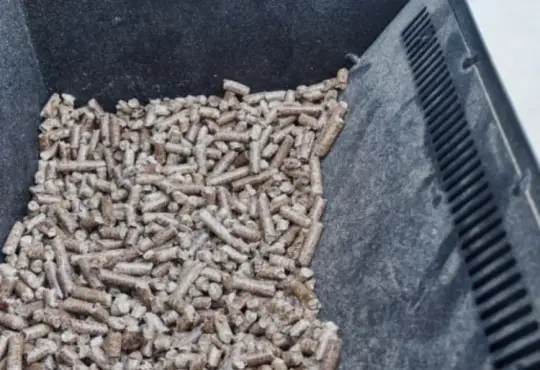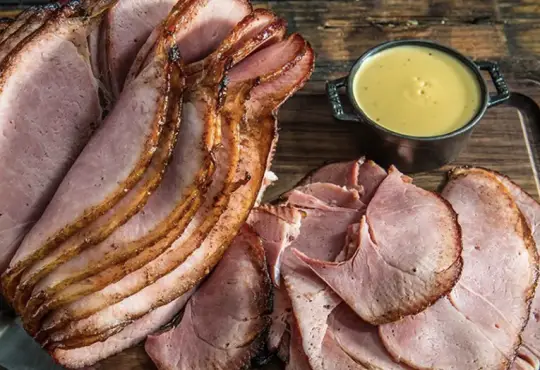
Brisket Storage in the Fridge: Best Practices for Flavorful and Safe Preservation
Brisket, a culinary masterpiece cherished by barbecue enthusiasts, deserves proper care to maintain its flavors and texture. Whether you’ve cooked a large batch or have leftovers from a delicious feast, knowing how to store brisket in the fridge is essential to ensure its quality and safety. In this blog post, we’ll guide you through the best practices for storing brisket in the refrigerator, so you can savor its goodness even days after it’s cooked.
Brisket Storage Basics:
1. Proper Cooling: Before storing brisket in the fridge, allow it to cool to room temperature. Placing hot brisket directly in the refrigerator can raise the internal temperature of the fridge, potentially compromising the safety of other stored foods.
2. Slicing Considerations: Decide whether you want to slice the brisket before storing it or keep it whole. Slicing before storage can help cool the meat faster and make reheating more convenient, but it may also dry out faster.
3. Safe Storage Duration: Brisket can be safely stored in the refrigerator for 3 to 4 days. To enjoy it at its best quality, aim to consume or use the leftovers within this timeframe.
Best Practices for Storing Brisket in the Fridge:
1. Slice and Package: If you’ve decided to slice the brisket before storing, cut it into portions that you’re likely to use in a single meal. This prevents the need to reheat the entire brisket and helps preserve its moisture.
2. Airtight Containers: Place the sliced or whole brisket in airtight containers or heavy-duty freezer bags to prevent exposure to air and potential moisture loss. This also helps prevent the brisket from absorbing odors from other foods in the fridge.
3. Label and Date: Label the containers or bags with the date of storage to keep track of freshness. This practice ensures you use the brisket within the recommended storage duration.
4. Avoid Overstacking: Avoid overcrowding your refrigerator by spacing out containers to allow proper airflow. This helps maintain a consistent temperature and prevents uneven cooling.
5. Reheating: When reheating brisket, do so in smaller portions to prevent reheating the entire batch repeatedly. Use gentle methods like steaming or warming in the oven to retain moisture and prevent overcooking.
Quality Maintenance Tips:
1. Moisture Retention: If you find that your leftover brisket is slightly dry when reheating, consider adding a small amount of broth, gravy, or sauce to help restore moisture.
2. Quick Consumption: While brisket can be stored safely for a few days, it’s best enjoyed within the first day or two after cooking to retain its optimal flavor and texture.
Conclusion: Storing brisket in the refrigerator requires attention to detail and adherence to food safety guidelines. By properly cooling the brisket, choosing appropriate storage containers, and reheating with care, you can enjoy tender and flavorful leftovers for several days after the initial feast. Whether you’re planning a barbecue party or simply enjoying a hearty meal, the way you store brisket ensures that every bite retains its delicious essence. Remember, well-stored brisket is a culinary delight that brings joy to your taste buds, and these storage practices ensure it remains that way until the last delectable morsel.






